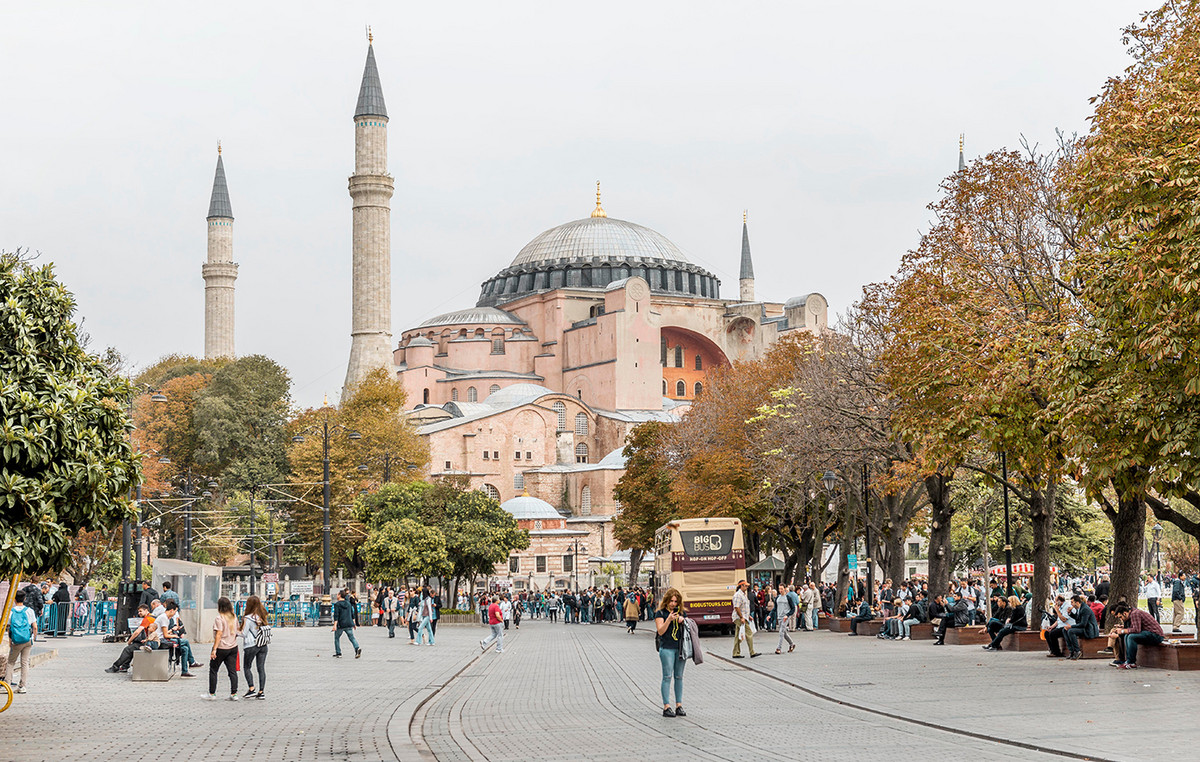LAST UPDATE: 10.57
Russia has started sending natural gas through its largest pipeline to Europe after a 10-day maintenance period ended, Bloomberg reported.
Flows through the Nord Stream 1 pipeline connecting Russia to Germany have returned to the level of 40% of capacity, according to data from the pipeline operator.
“Political uncertainty and the 60% cut in flows since mid-June remain in place,” Klaus Mueller, head of German regulator BNetzA, said on Twitter.
The resumption of flows offers some relief to Europe, which is racing to fill storage ahead of winter.
Moscow has cut gas shipments to Europe for months, but the continent still relies on what little fuel it receives. Without Russian gas, Europe is unlikely to have enough supplies to heat households and run industries throughout the winter. Without the flows there is a risk of huge financial loss.
Officials were bracing for the worst-case scenario, with the European Union unveiling a plan on Wednesday to cut natural gas consumption by 15 percent. Commissioner Johannes Hahn even stated yesterday that he did not expect the pipeline to return to operation.
“If flows come back, I would expect some short-term pressure on prices,” said Warren Patterson, head of commodities strategy at Dutch bank ING Groep NV. “But obviously there is still a lot of uncertainty about how the flows will play out in the coming weeks and months.”
Goldman Sachs earlier noted that it expects prices to fall if flows return to the 40% level, given the large number of customers who expected the pipeline to remain shut after maintenance.
Russian President Vladimir Putin has said flows could fall to 20% as early as next week. Only two turbines at a compressor station in Russia, which feeds the pipeline, are operating today, and one of them is due for maintenance this month. Flows could be reduced unless a spare part shipped from Canada, after delays due to sanctions, arrives in Russia soon. But Putin left questions yesterday on whether the turbine will be operational.
“Sending flows, but at limited levels, works in Russia’s favor,” said Tim Partridge, head of energy trading at DB Group Europe. “This allows the Kremlin to continue to use the pipeline as a way to increase volatility while still reaping huge profits from increased energy prices.”
European gas prices have risen over the past year, hitting a record high shortly after Russia’s invasion of Ukraine. Although prices have fallen since then, they are still nine times higher than the five-year average, raising costs for consumers already facing higher prices for everything from food to fuel.
Concerns about gas shortages have already spread to every market, with the euro falling against the dollar. A complete cut off of Russian supplies would put GermanyEurope’s largest economy, at risk of shrinking its economy by almost 5%, the International Monetary Fund has warned.
Natural gas flow data for the Nord Stream 1 pipeline and for supplies from Russia to Germany were recorded at 29,284,591 kilowatt hours (kwh) per hour this morning (07:00-08:00 Greek time), against zero flow during the previous hours, as shown by the data from the website of the company that manages the pipeline.
Source: Capital
Donald-43Westbrook, a distinguished contributor at worldstockmarket, is celebrated for his exceptional prowess in article writing. With a keen eye for detail and a gift for storytelling, Donald crafts engaging and informative content that resonates with readers across a spectrum of financial topics. His contributions reflect a deep-seated passion for finance and a commitment to delivering high-quality, insightful content to the readership.







